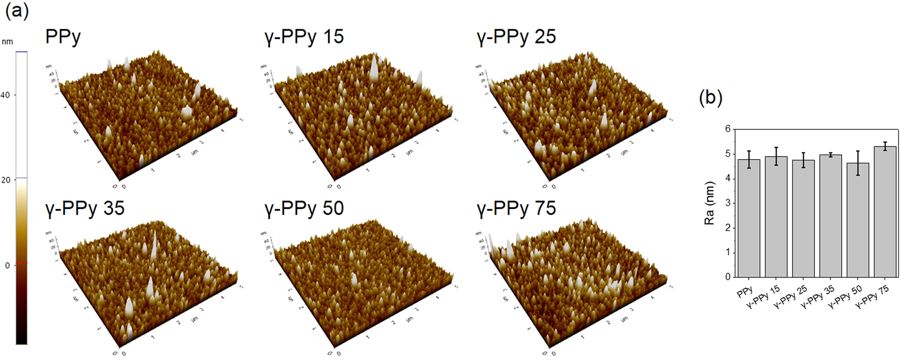Polydimethylsiloxane (PDMS) is a promising biomaterial for generating artificial extracellular matrix (ECM) like patterned topographies, yet its hydrophobic nature limits its applicability to cell-based approaches.” Although plasma treatment can enhance the wettability of PDMS, the surface is known to recover its hydrophobicity within a few hours after exposure to air. *
To investigate the capability of a novel PDMS-type (X-PDMS) for in vitro based assessment of physiological cell properties, the authors of the article “Nano- and Micro-Patterned S-, H-, and X-PDMS for Cell-Based Applications: Comparison of Wettability, Roughness, and Cell-Derived Parameters” cited here, designed and fabricated plane as well as nano- and micrometer-scaled pillar-patterned growth substrates using the elastomer types S-, H- and X-PDMS, which were fabricated from commercially available components.*
To assess their applicability to cell-based approaches, Marina Scharin-Mehlmann et al., characterized the generated surfaces using water contact angle (WCA) measurement and atomic force microscopy (AFM) as indicators of wettability and roughness, respectively.*
The surface roughness of the samples was determined by Atomic Force Microscopy in tapping mode. For plane and flat pillar patterned PDMS (130 and 190 nm nominal pillar height) surfaces, a standard tapping mode AFM probe ( Pointprobe® NCHR, NanoWorld) was used. For patterned surfaces with pillars of 1,800 nm height tilt compensated high-aspect-ratio AFM probes (AR5T-NCHR, NanoWorld) were used. The scanning area was 50 × 50 μm2, the scanning rate 0.5 Hz. In this scanning area each roughness value (root mean square roughness Rq) was evaluated from five 10 × 10 μm2 areas.*

Figure 5 from “Nano- and Micro-Patterned S-, H-, and X-PDMS for Cell-Based Applications: Comparison of Wettability, Roughness, and Cell-Derived Parameters” by Marina Scharin-Mehlmann et al.: AFM analysis of structured PDMS substrates. (A) Three-dimensional reconstructions of fabricated pillar-structured PDMS substrates recorded by AFM. (B) Mean pillar height of plane S-, H-, and X-PDMS as measured by AFM. All data are significantly different at a significance level of P ≤ 0.001 as evaluated by two-way ANOVA unless otherwise indicated. Color coding of statistical analysis: within group “130 nm,” purple; within group “190 nm,” pink.
*Marina Scharin-Mehlmann, Aaron Häring, Mathias Rommel, Tobias Dirnecker, Oliver Friedrich, Lothar Frey and Daniel F. Gilbert
Nano- and Micro-Patterned S-, H-, and X-PDMS for Cell-Based Applications: Comparison of Wettability, Roughness, and Cell-Derived Parameters
Frontiers in Bioengineering and Biotechnology. 2018; 6: 51
DOI: 10.3389/fbioe.2018.00051
Please follow this external link to view the full article: https://www.ncbi.nlm.nih.gov/pmc/articles/PMC5938557/
Open Access: The article «Nano- and Micro-Patterned S-, H-, and X-PDMS for Cell-Based Applications: Comparison of Wettability, Roughness, and Cell-Derived Parameters» by Marina Scharin-Mehlmann, Aaron Häring, Mathias Rommel, Tobias Dirnecker, Oliver Friedrich, Lothar Frey and Daniel F. Gilbert (2018) is licensed under a Creative Commons Attribution 4.0 International License, which permits use, sharing, adaptation, distribution and reproduction in any medium or format, as long as you give appropriate credit to the original author(s) and the source, provide a link to the Creative Commons license, and indicate if changes were made. The images or other third party material in this article are included in the article’s Creative Commons license, unless indicated otherwise in a credit line to the material. If material is not included in the article’s Creative Commons license and your intended use is not permitted by statutory regulation or exceeds the permitted use, you will need to obtain permission directly from the copyright holder. To view a copy of this license, visit http://creativecommons.org/licenses/by/4.0/.


